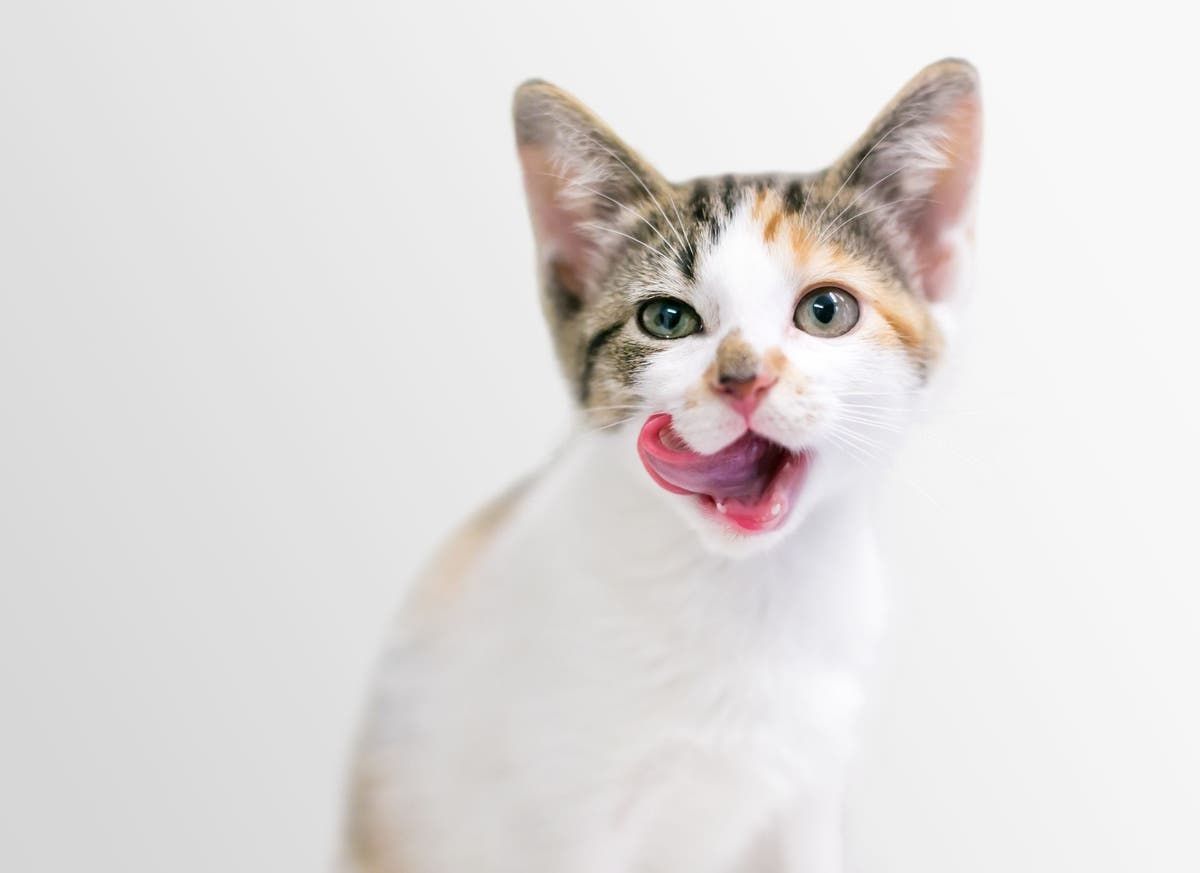Feeding your pet is one of the most basic ways to show love — but did you know that even a little “extra” food each day can lead to serious weight gain over time? Many dog and cat owners unintentionally overfeed because they rely on guesswork or free feeding instead of proper portion control.
The ideal portion depends on a few key factors: your pet’s weight, age, breed, activity level, and whether they’ve been spayed or neutered. Active pets and puppies/kittens need more energy, while indoor or older pets usually require fewer calories. That’s why reading the feeding guide on your pet’s food label is a good start — but it shouldn’t be the only guideline.
Vets recommend measuring food using a standard measuring cup, not by eye or instinct. Feeding twice a day (rather than leaving food out all the time) also helps regulate metabolism and makes it easier to monitor intake. For treats, follow the “10% rule” — treats should make up no more than 10% of your pet’s total daily calories.
Tips for Smart Portion Control:
Use a kitchen scale for precise portions if needed (especially for small pets).
Stick to a consistent feeding schedule — morning and evening.
Replace high-calorie treats with healthy alternatives (e.g., carrots for dogs, freeze-dried meat for cats).
Reassess your pet’s weight every 4–6 weeks and adjust portions accordingly.
Ask your vet for a personalized feeding plan if you’re unsure.
Conclusion: Less Can Be More!
When it comes to your pet’s health, a few grams of food can make a big difference. Portion control is one of the simplest, most effective steps to maintain a healthy weight — and it’s completely within your control. With mindful feeding habits, you’re setting your dog or cat up for a longer, more vibrant life.







